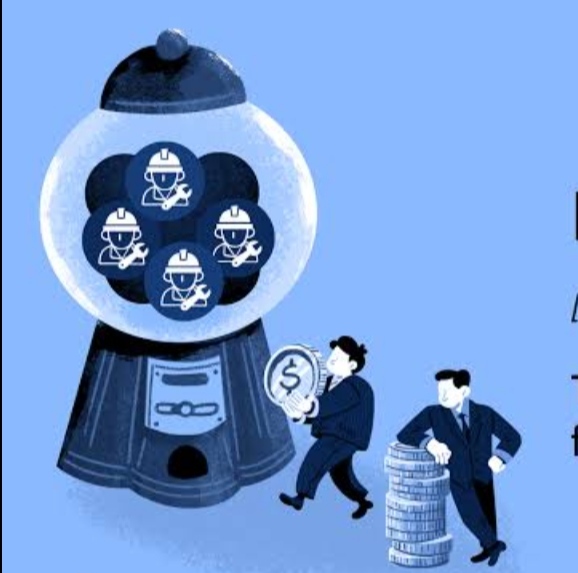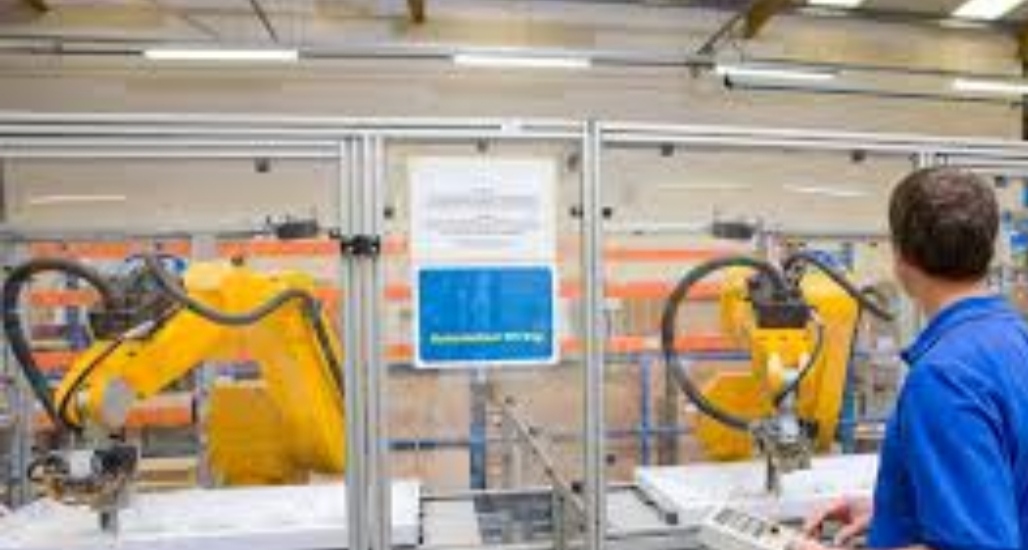Job growth statistics and projections provide crucial insights into the health and trajectory of an economy. Analyzing these numbers helps policymakers, businesses, and individuals make informed decisions.
First, let’s delve into job growth statistics. These figures typically indicate the net change in employment over a specific period. A positive trend suggests economic expansion, while negative growth can signal a recession or economic downturn. It’s essential to break down these numbers by industry, region, and demographic to gain a comprehensive understanding.
Projections, on the other hand, offer a glimpse into the future. Economists and analysts use historical data, trends, and other factors to predict future job growth. These forecasts aid workforce planning, education, and training initiatives. However, projections come with inherent uncertainty, as unforeseen events like economic crises or technological disruptions can alter the course of employment.
Factors driving job growth include technological advancements, population growth, and shifts in consumer preferences. For instance, the rise of e-commerce has fueled demand for jobs in logistics and technology. Similarly, an aging population may increase demand in healthcare and eldercare sectors.
Conversely, automation and outsourcing can lead to job displacement in some industries. Therefore, understanding the broader economic context is vital for anticipating these shifts.
Analyzing job growth data necessitates a holistic approach. Policymakers use these insights to shape labor market policies, such as minimum wage adjustments or job training programs. Businesses rely on this information to make investment decisions, including expansion or downsizing. Individuals can use job growth statistics to make career choices, ensuring their skills align with the evolving job market.
In conclusion, job growth statistics and projections are indispensable tools for comprehending economic trends and planning for the future. By examining these numbers closely, stakeholders can navigate the dynamic world of work more effectively, whether as governments, companies, or individuals seeking to thrive in a changing job landscape




